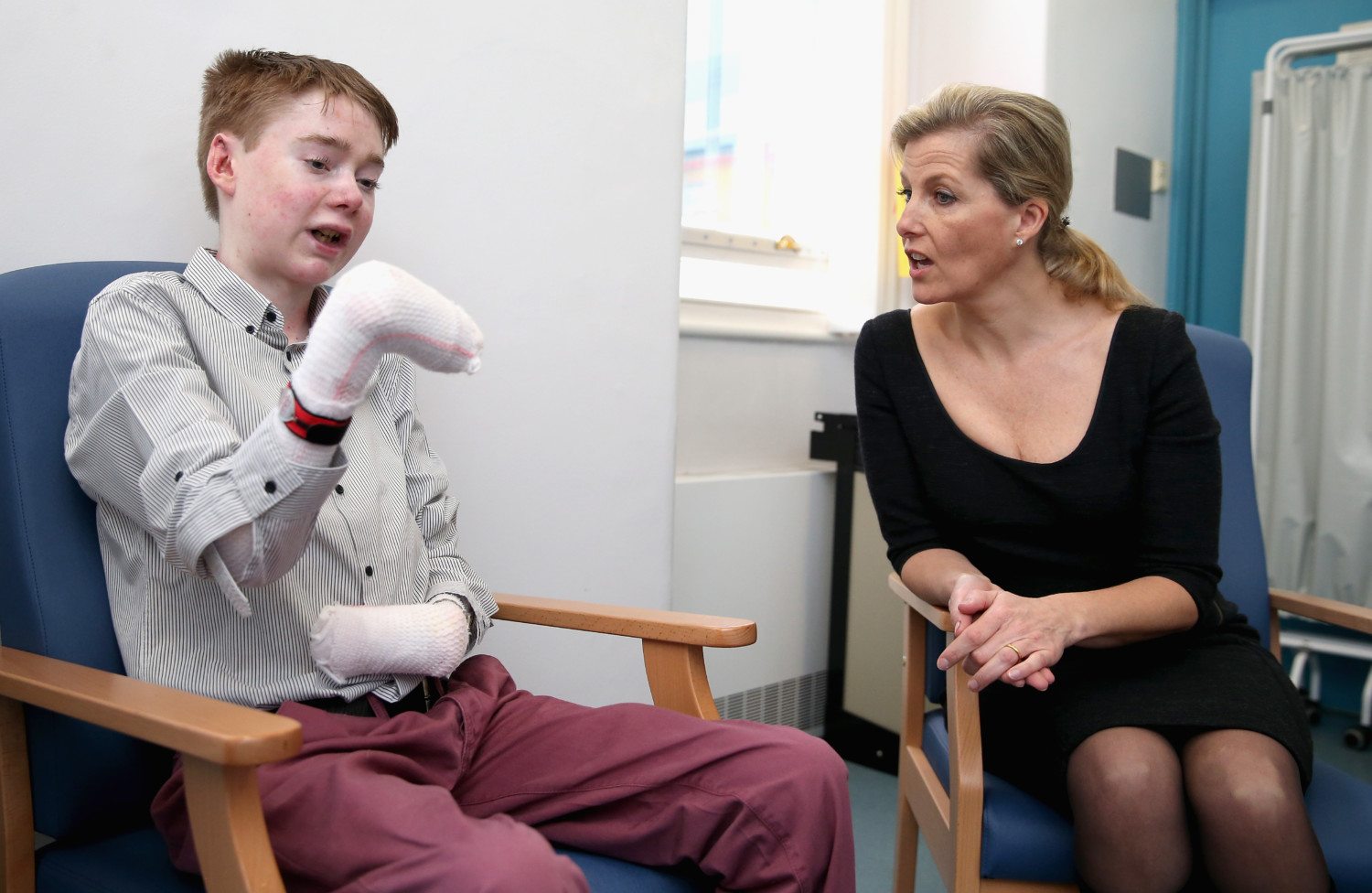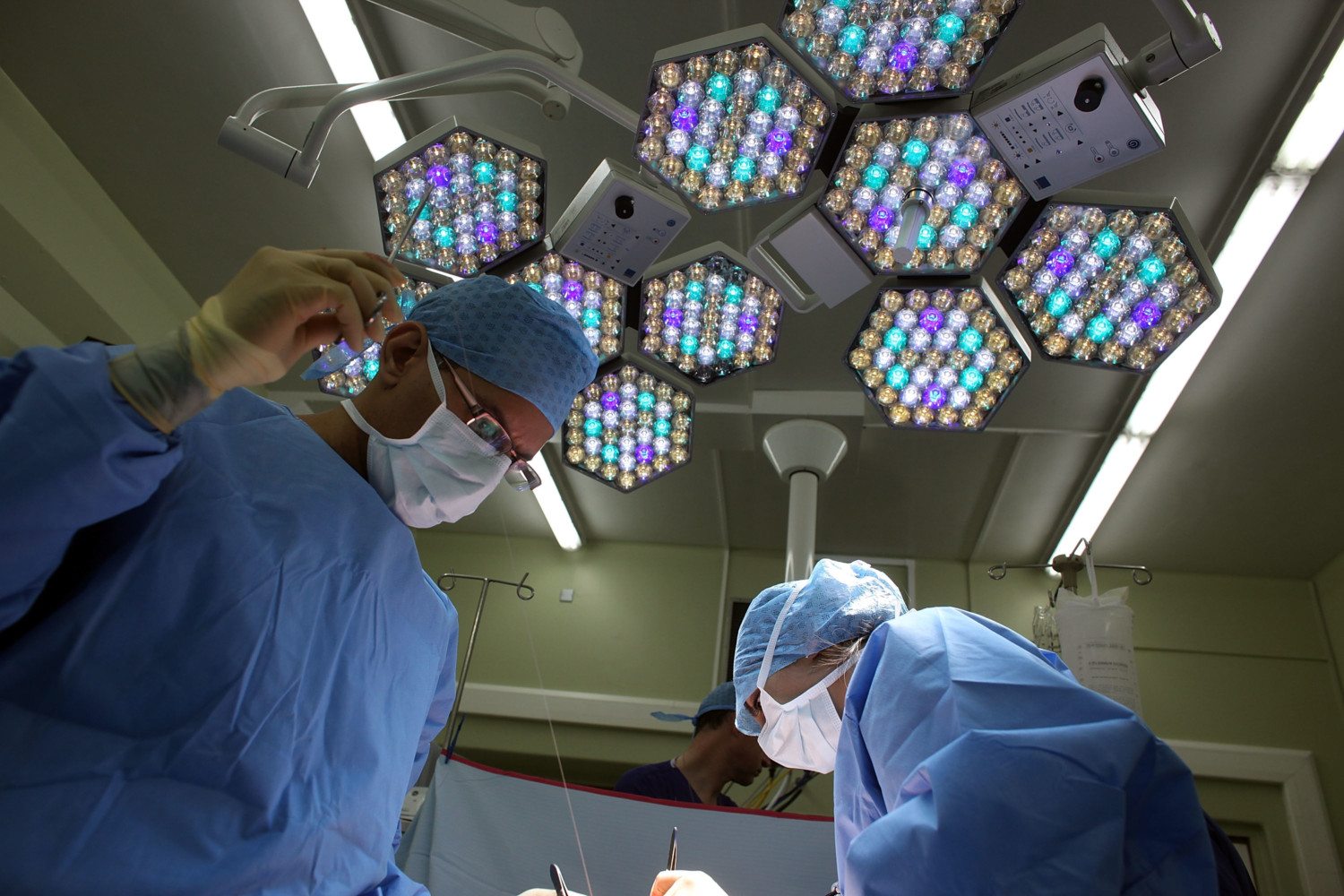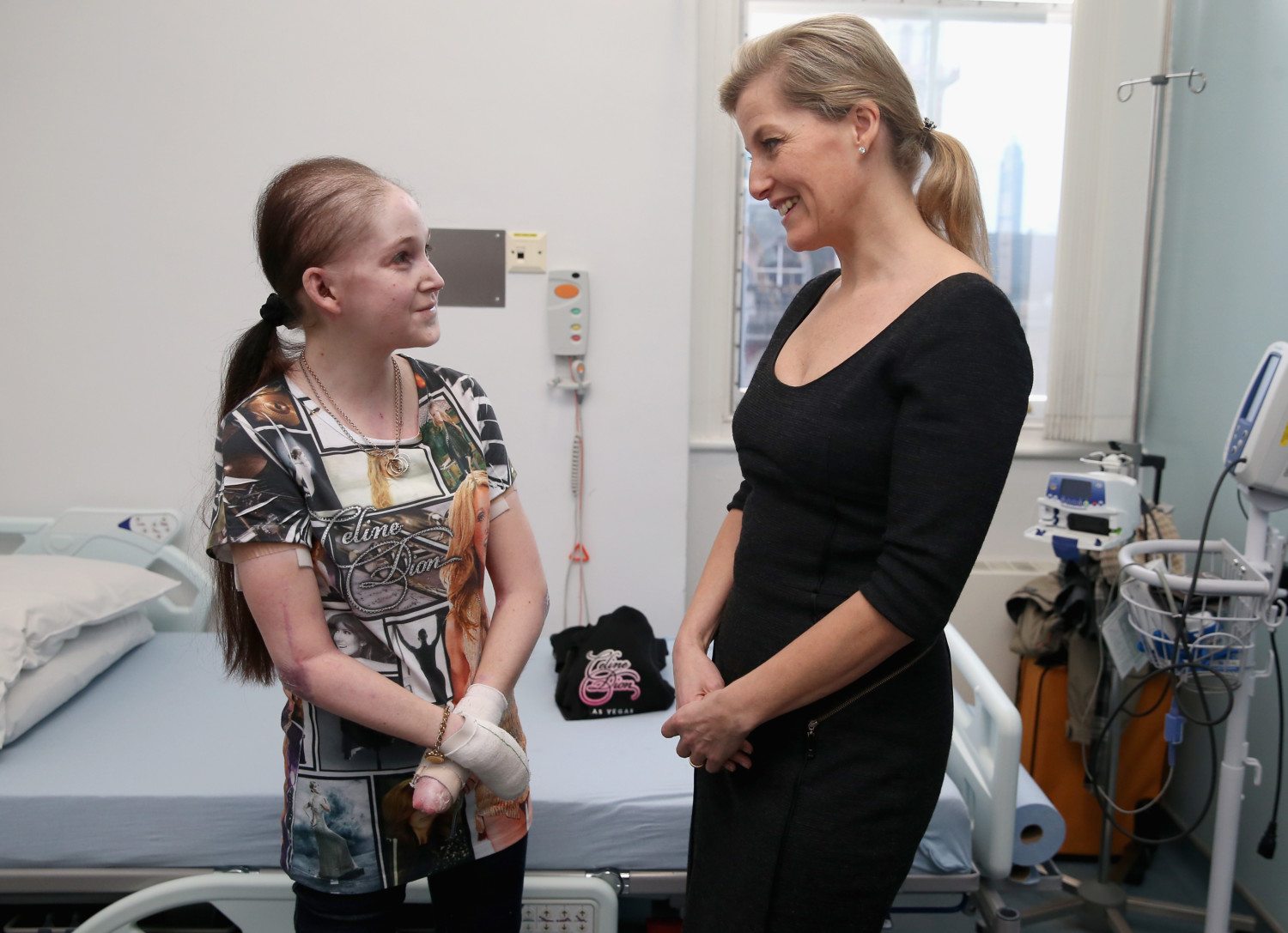For kids with this rare skin disease, treatments are almost as painful as symptoms
Warning: This story includes images that could be disturbing to some readers.
Each year, there are approximately 200 “butterfly babies” born in the United States. It’s a sweet nickname, but these kids are called that because of a debilitating skin condition they were born with. The disease is epidermolysis bullosa (EB).
Those born with EB have a genetic mutation that interferes with a key protein for the skin. Because they are missing these vital building blocks, their skin doesn’t bind together properly. As a result, their skin is said to be as fragile as butterfly wings. This leads to their distinction as butterfly babies and butterfly children.
https://www.instagram.com/p/BG9dTtYLEeE/?taken-by=wefighteb
According to the Dystrophic Epidermolysis Bullosa Research Association of America (DEBRA), patients with EB have skin that blisters or tears with the gentlest touch. The disease can also harm internal organs and, in severe cases, can be life threatening. Approximately four in 10 EB patients will not reach adolescence.
There are currently between 25,000 to 50,000 people living with EB in the U.S., according to ABC News. Still, it’s probably news to many people. It is known by some as the worst disease you’ve never heard of. DEBRA thinks it is time to change that.
The video below from DEBRA provides a window into life with this devastating disease. Even just watching the suffering this child endures is heartwrenching.
Treatment Options
Currently, there is no cure for EB. Even many medical professionals are in the dark when it comes to managing symptoms. DEBRA is a lifeline for parents. The nonprofit supports parents with care packages and educational resources. All infants recently diagnosed with the disease and children new to the U.S. qualify for its complimentary care package.
Parents can help affected children with daily wound care, pain management and protective bandaging. However, treatments can cause as much pain as the symptoms for the child. This fact creates a devastating situation for parents and caregivers of EB patients.
For example, parents of a baby with EB have to pop blisters and change bandages. They do this by pricking the baby’s skin all over with a sterilized needle. Then, they change bandages and clean wounds. This excruciating process can take hours. Once it’s complete, they start all over again.
It takes a toll on parents. Even basic care, like holding the baby, changing diapers and feeding can cause skin to tear. “There were nights I would just lie in bed and cry,” Katie Murray, who has a 10-year-old daughter with EB, told The Washington Post. “Yes, it was all very emotional, but I was just so physically exhausted that I couldn’t function.”
Another parent shared her fears with The Washington Post. “I’m scared of infection,” she said. “I’m scared that people are going to be mean to her. I’m scared that it’s going to ruin her life.”
https://www.instagram.com/p/BaecK3wBtw-/?taken-by=wefighteb
Search For Healing
Thankfully, there is hope for butterfly children. There are several organizations and universities conducting advanced research to find effective treatments and, ultimately, a cure. There are also promising clinical trials under way for several treatments.
First, there are topical creams. Researchers at the University of Miami and Berg Health are testing a topical cream. They hope the cream will improve skin integrity, wound healing and overall quality of life.
After success with skin-grafting in adults, researchers at the Stanford University School of Medicine plan to study teens with EB next. Similarly, scientists abroad have also made great strides with experimental skin grafting.
A team of biologists at the University of Modena and Reggio Emilia in Italy were able to use genetically modified skin for a Syrian boy with a severe case of EB. When he received the skin graft two years ago, open wounds covered most of his body. Now, his skin appears completely normal. “Today this treatment is not available and it is not going to be available in the next few months, but this is a massive advance in research and is going to give us hope going forward with gene therapy,” researchers shared with the BBC.
Take Action
Even from a distance, the pain of EB is overwhelming. Now that you’re informed, you can help make a difference. Team DEBRA raises money with a range of races across the country. Athletes run, cycle and more toward raising money for a cure for the disease. Similarly, you can volunteer to spread EB awareness.




